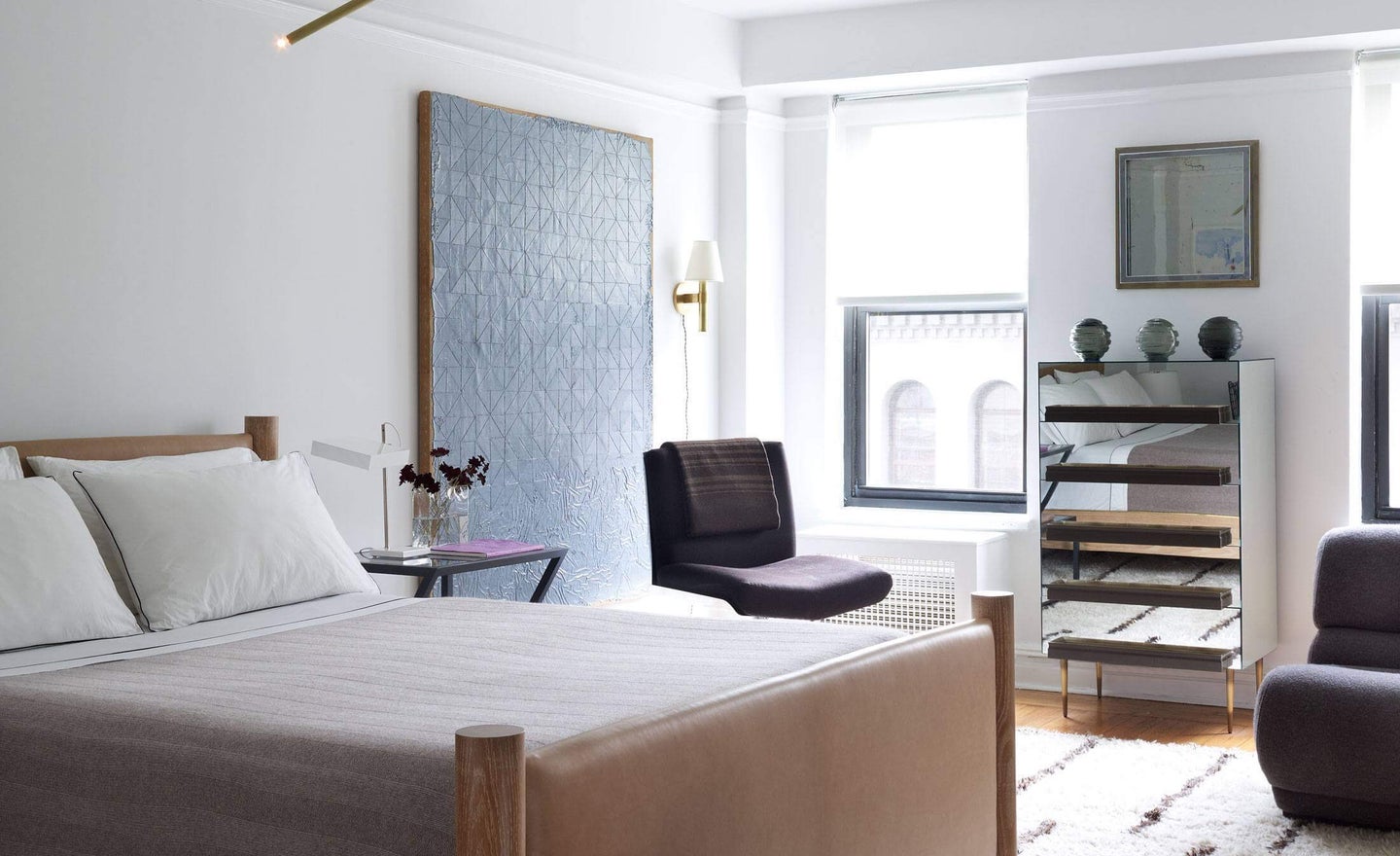A Seasoned Antique Shopper Shares His Top 6 Secrets for Buying Vintage
Hint: Step away from trendy items.
Updated Oct 11, 2018 1:52 PM
We may earn revenue from the products available on this page and participate in affiliate programs.
If each vintage item purchased equaled an accelerated course in antique dealing, Charlie Ferrer would already have multiple PhDs. While most of us haphazardly pick up vintage decor pieces on occasion, the young NYC-based designer is busy scouring antique shops and flea markets across Europe, from Paris to Maastricht. Most recently, he curated CB2’s first vintage collection, collecting some 300 items in the process. That’s on top of the storefront he already has on the popular marketplace 1stdibs.
Most interior designers recommend mixing old and new items in a room to achieve a curated and layered look, but shopping for vintage furniture can feel intimidating: Antique galleries can leave you feeling amateurish or not very well endowed, flea markets can make you cave under pressure if you’re not a seasoned haggler, and online sources can leave you worried you’ll get scammed.
With projects wrapping up in London, Malibu, and New York and multiple collaborations underway, Ferrer is continuously honing his craft as a seasoned vintage buyer, mostly specializing in modern 20th-century design. Since knowledge is power, we asked Ferrer to share his top buying tips with us. Take note before hitting your next local flea.
Establish Your Criteria
Seasoned antique buyers all have key criteria that help narrow their search when scouring for pieces—sometimes even varying from client to client. “My key criteria for CB2 x FERRER were quality, character, and alignment with the brand ethos,” Ferrer told Domino. “I wanted a collection of pieces marked by quality of craftsmanship, structurally sound condition, and a fair amount of patina (poetic signs of age and use). I wanted thoughtful expressions in furniture, objects, and lighting, with playful and sometimes esoteric qualities that set them apart.”
The takeaway: While buying for yourself might lend itself to more stylistic freedom, it’s always helpful to have your own benchmark of quality and value. For instance, you might not want to reupholster a vintage chair, so pristine upholstery might be high on your list. On the other hand, if you’re looking for a project, a few scratches and scuffs might get you a better deal.
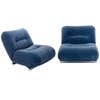
Learn to Valuate on the Fly
In order to actually get the most out of your budget, it’s important to know how to quickly assess the value of an object before starting negotiations. “Rarity and condition are two good measures of value,” explains Ferrer. “It is easier to determine the market value of an item at the higher end of the market where documented attribution is more common—don’t expect this at lower price points. If something is represented as ‘important’ and attributed, a quick google search will bring up comps. If there is no attribution, a search by style on the 1stdibs app will guide you in valuating less important pieces on the fly.”
The takeaway: Never start negotiating for a piece before bringing up comparatives on your phone. If you can identify the period, style, or designer, do a quick Google search. If not, don’t be afraid to ask the dealer for the object’s provenance to help guide your investigation.
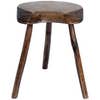
Establish a Rapport With the Dealer
You miss 100% of the shots you don’t take, famously said Wayne Gretzky. In the vintage shopping world, this also applies to negotiating: “Engage the dealer on a personal level,” recommends Ferrer. “Let them educate you, establish a rapport, and spend some time studying and handling the piece of interest. Ask for the price and then ask for the best export price. In Europe, dealers will often go a bit lower if the buyer plans to export. Assemble a group of things from the same dealer and negotiate a bulk discount. Pay in cash. Be prepared to walk away.”
The takeaway: Not only can chatting up the seller help you discover more information about your coveted piece’s provenance (and value), but it can also help them source items that might not be displayed in their booth or store or even get you a discount on multiple items and shipping.
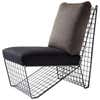
Ask for Proof of Authenticity
There is no worse feeling than discovering that your prized 1940s Noguchi table was actually produced in 2013. “Authenticity only really becomes an issue beyond a certain price threshold. If something is loosely attributed, then the price should reflect that,” says Ferrer. “If a dealer is explicitly representing something as attributed, there should be documentation to reference. Look for marks, signatures, and manufacturer stickers on the item. These are helpful indicators of origin and authenticity. If something carries a hefty price tag, ask for documentation: publication, archival photography, a letter from the estate. Ask also for detailed provenance.”
The takeaway: No matter how legitimate your local antique store seems, don’t just take the seller at face value that what they are selling is real. Look for marks, signatures, and stickers on the item, but don’t be afraid to also ask for certificates of authenticity, archival photography, or more. If the seller is unable to provide this documentation and you still want the piece, negotiate a lower price.
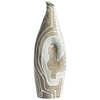
Remember That Dealers Are Like Editors
Just like surgeons know more than we do when it comes to human anatomy, antique dealers are specialists in their field. “Dealers are editors,” says Ferrer. “If they put a high value on something, it’s because that’s what they determine the item’s worth to be. The better the dealer, the better the edit and the more unilateral or arbitrary they can be with putting a high price on something. For instance, if a dealer in Milan has an insanely beautiful Italian light from the 1960s and they can’t identify it beyond those general terms but it is truly special, then it’s worth whatever they can sell it for (and dealers tend to know what they can get).”
The takeaway: Negotiate, but be fair and respectful. If an item isn’t authenticated but is still above what you’d like to spend, be prepared to walk away or know that you may not get the object’s value on resale. In these instances, it can be worth checking back in a few weeks or months, as the seller may be more willing to negotiate.
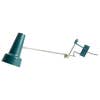
Step Away From Trending Items
It’s tempting to want to buy the items everyone else is coveting—just take Tobia Scarpa sofas or Jean Royère lighting for example. But Ferrer recommends staying away from oversaturated pieces: “My instinct is to point to modernist classics, which are seemingly exposed to the point of saturation—the armchair models of Pierre Jeanneret, for example,” he says. “They are seemingly everywhere, both authentic examples and horrible knockoffs. Generally speaking, we’ve seen a focus on 1950s French, Italian and American design for quite a while now.” Instead, the designer focuses on expanding his breadth of knowledge, sourcing Art Nouveau and Arts and Crafts items along with 20th-century Swiss and Czech design.
The takeaway: Always remember that value is determined by rarity and condition but also demand. By steering away from popular styles, you might not only discover unique pieces that will give your home character (often at a better price), but you’ll also reduce the risk of ending up with a knockoff (or having your guests assume you bought a reproduction).
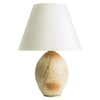
Discover more vintage shopping resources: The Only Stores Where Domino Editors Shop for Vintage Finds This Is Not a Drill: CB2 Is Launching Its First-Ever Vintage Collection 24 Reasons You Need to Buy Your Rugs Vintage—Not New
